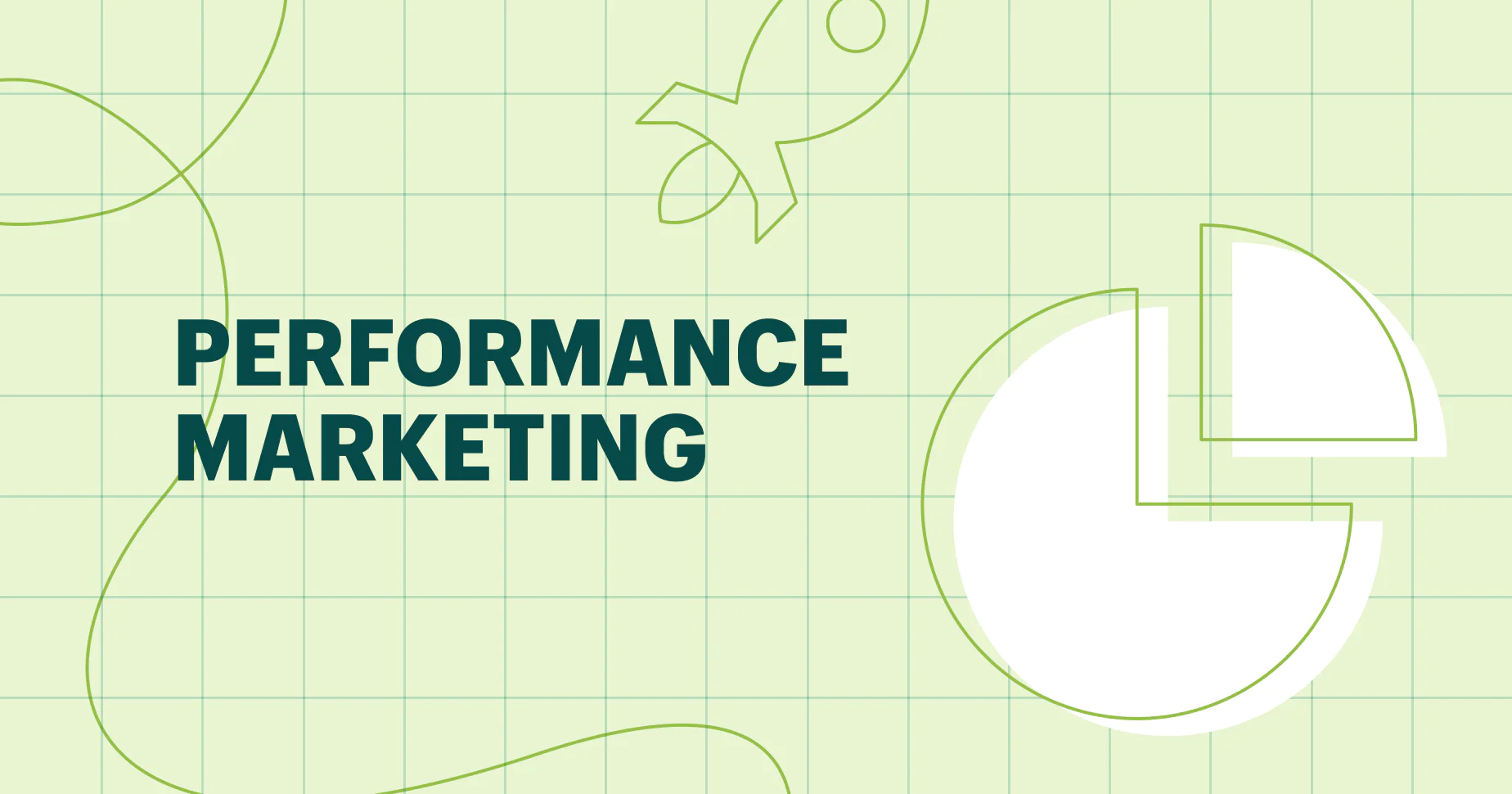
Personalization has become an increasingly important aspect of marketing in recent years, as brands strive to connect with their customers on a more personal level. One area where personalization has proven to be especially effective is in email marketing. By tailoring emails to the individual recipient, brands can significantly increase their open and click-through rates, ultimately leading to higher engagement and conversions.
The power of personalization lies in its ability to make customers feel valued and understood. When an email speaks directly to the recipient’s interests, needs, and preferences, they are more likely to open it and click through to the desired action. A study by Salesforce found that 63% of consumers are highly annoyed with generic advertising blasts and 84% of respondents said being treated like a person, not a number, is very important to winning their business.
So, how can brands harness the power of personalization to increase email open and click-through rates?
Here are some strategies to consider:
1. Segment your audience
Segmenting your email list based on demographics, behavior, and preferences is the first step towards personalization. By dividing your subscribers into smaller, targeted segments, you can tailor your emails to their specific needs and interests.
For example, you could create segments based on purchase history, geographic location, or browsing behavior on your website.
Once you have segmented your audience, you can then send personalized content that is relevant to each specific group. This could include product recommendations, special offers, or content based on their past interactions with your brand.
2. Use dynamic content
Dynamic content allows you to create personalized email campaigns that change based on the recipient’s preferences, behavior, and demographics. With dynamic content, you can create one email template with different content blocks, and the system will automatically select the best content for each recipient based on their data.
For example, an e-commerce brand could use dynamic content to showcase products that are relevant to each recipient’s past purchases, browsing history, or wishlist items.
This level of personalization can significantly increase the likelihood of recipients clicking through to the website and making a purchase.
3. Use personalized subject lines
The subject line is the first thing your recipients see when they receive an email, so it’s important to make it as personalized as possible. A study by MarketingSherpa found that personalized subject lines are 22.2% more likely to be opened than generic ones.
Personalizing subject lines could be as simple as including the recipient’s name, referencing their past purchases, or tailoring the subject line to their specific interests.
For example, a clothing retailer could send an email with a subject line like “Sophie, your new fall wardrobe awaits!” This type of personalized subject line is much more likely to catch the recipient’s attention and prompt them to open the email.
4. Use personalized recommendations
Personalized product recommendations can be a powerful way to increase click-through rates in email marketing. By analyzing each recipient’s browsing and purchase history, you can tailor your emails to include products that are relevant to their interests.
For example, an online bookstore could send personalized email recommendations based on the recipient’s past purchases or browsing history.
By showcasing books that are similar to ones they have previously bought or shown interest in, the bookstore can increase the likelihood of the recipient clicking through to the website and making a purchase.
5. Leverage behavioral data
Behavioral data can provide valuable insights into your recipients’ preferences and interests. By tracking how your subscribers interact with your emails and website, you can gather data that can be used to personalize your email campaigns.
For example, if a recipient has previously clicked on a certain category of products on your website, you can use this data to send them personalized emails featuring similar products.
By leveraging behavioral data, you can create more targeted and relevant content that is more likely to resonate with your audience.
6. A/B test your personalization efforts
A/B testing is an important part of any email marketing strategy, and this is no different when it comes to personalization. By testing different personalization tactics, such as subject lines, content, and recommendations, you can gain valuable insights into what works best for your audience.
For example, you could A/B test different versions of personalized subject lines to see which ones result in higher open rates.
By continuously testing and optimizing your personalization efforts, you can ensure that you are delivering the most effective and engaging content to your recipients.
—
Ultimately, by making your recipients feel valued and understood, you can build stronger relationships with your audience and drive more conversions for your brand.
-
Pingback: How Chatbots Are Revolutionizing Digital Marketing - Crowdol
-
Pingback: How Data-driven Digital Marketing Can Drive Success - Crowdol







